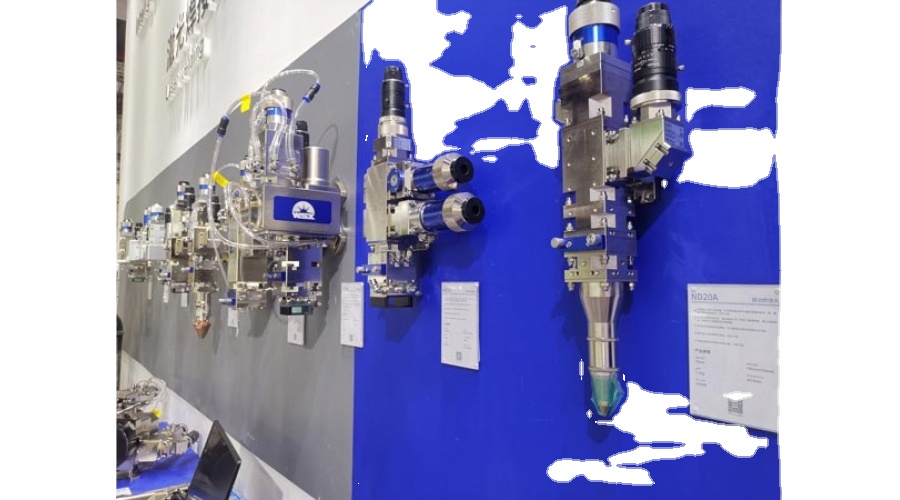
https://www.youtube.com/watch?v=v5CRJq-SO64&t=48s
Due to its precision and versatility, lasers have become an indispensable tool for material cutting, revolutionizing various industries.
The basic principle behind laser cutting lies in the focused and intensely coherent beam produced by the laser. This beam, typically produced through stimulation of a gas, liquid or solid medium, allows for unparalleled control over material removal.
The key advantage of lasers in cutting is their ability to deliver highly concentrated beams of energy with extremely high precision. This intense energy rapidly heats, vaporizes or melts materials in its path, allowing for precise and intricate cuts. This capability has proven particularly beneficial for a variety of materials including metals, plastics and ceramics. Additionally, lasers offer superior control and flexibility, making them suitable for cutting complex shapes and intricate patterns. Their non-contact nature reduces the risk of material contamination or deformation, ensuring clean and precise cuts.
In industrial applications, laser cutting can increase efficiency and productivity because it can be seamlessly integrated with computer numerical control (CNC) systems, allowing for automation and rapid production. In summary, lasers have become a cutting-edge solution for materials processing, providing unparalleled precision, efficiency and adaptability across diverse industries. Their transformative impact continues to drive advances in manufacturing and technology, making laser cutting a cornerstone of modern production processes.
